How to know if your lactose. 5 Key Signs of Lactose Intolerance: Recognizing Symptoms and Causes
How does lactose intolerance affect digestion. What are the main symptoms of lactose intolerance. Can lactose intolerance develop later in life. How is lactose intolerance diagnosed and managed. What foods contain hidden sources of lactose.
Understanding Lactose Intolerance: An Overview
Lactose intolerance is a common digestive disorder that affects millions of people worldwide. It occurs when the body is unable to properly digest lactose, a sugar found naturally in milk and dairy products. This condition is caused by a deficiency in lactase, an enzyme responsible for breaking down lactose in the small intestine.
While lactose intolerance is often confused with a milk allergy, they are distinct conditions. Lactose intolerance is a digestive issue, while a milk allergy is an immune system response. Understanding the difference is crucial for proper diagnosis and management.
Who is affected by lactose intolerance?
Lactose intolerance can affect people of all ages and ethnicities, but it is more common in certain populations. Approximately 70% of adults worldwide have some degree of lactose intolerance. However, the prevalence varies significantly among different ethnic groups:
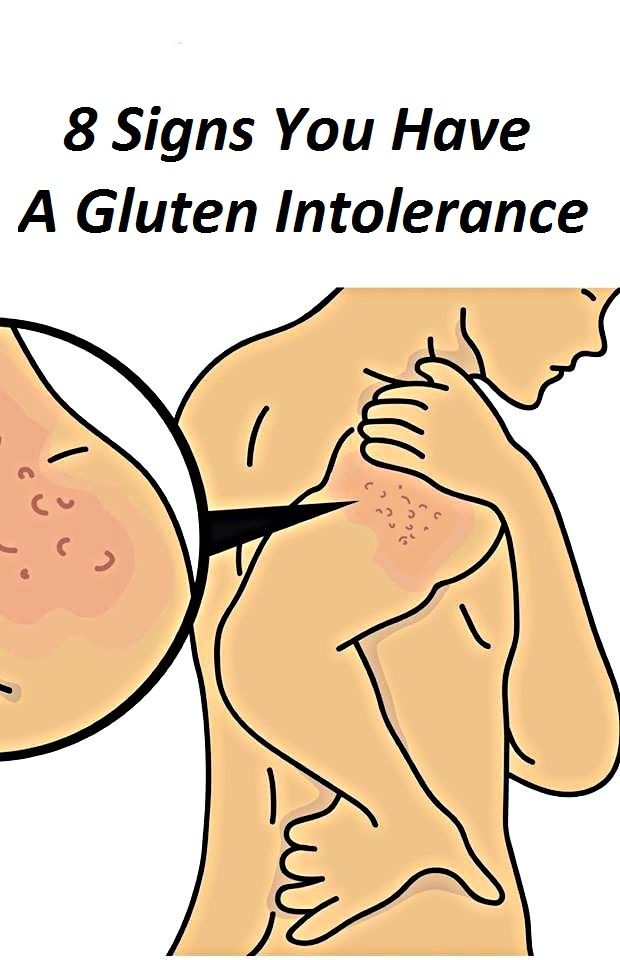
- East Asian populations: 90-100%
- African and African American populations: 75-90%
- Hispanic populations: 50-80%
- Southern European populations: 40-50%
- Central and Northern European populations: 5-15%
Interestingly, lactose intolerance is less common among people of European and northwestern Indian descent, likely due to a genetic adaptation that allowed for continued lactase production into adulthood.
The Role of Lactase in Digestion
Lactase, the enzyme responsible for breaking down lactose, plays a crucial role in the digestive process. In infants, lactase is essential for digesting breast milk. However, as children grow older, many people naturally produce less lactase. This reduction in lactase production is known as lactase non-persistence and is the primary cause of lactose intolerance in adults.
How does lactase work?
When functioning properly, lactase breaks down lactose into two simpler sugars: glucose and galactose. These simple sugars are then easily absorbed by the small intestine. In people with lactose intolerance, the undigested lactose passes through the small intestine and enters the colon, where it is fermented by gut bacteria, leading to various digestive symptoms.
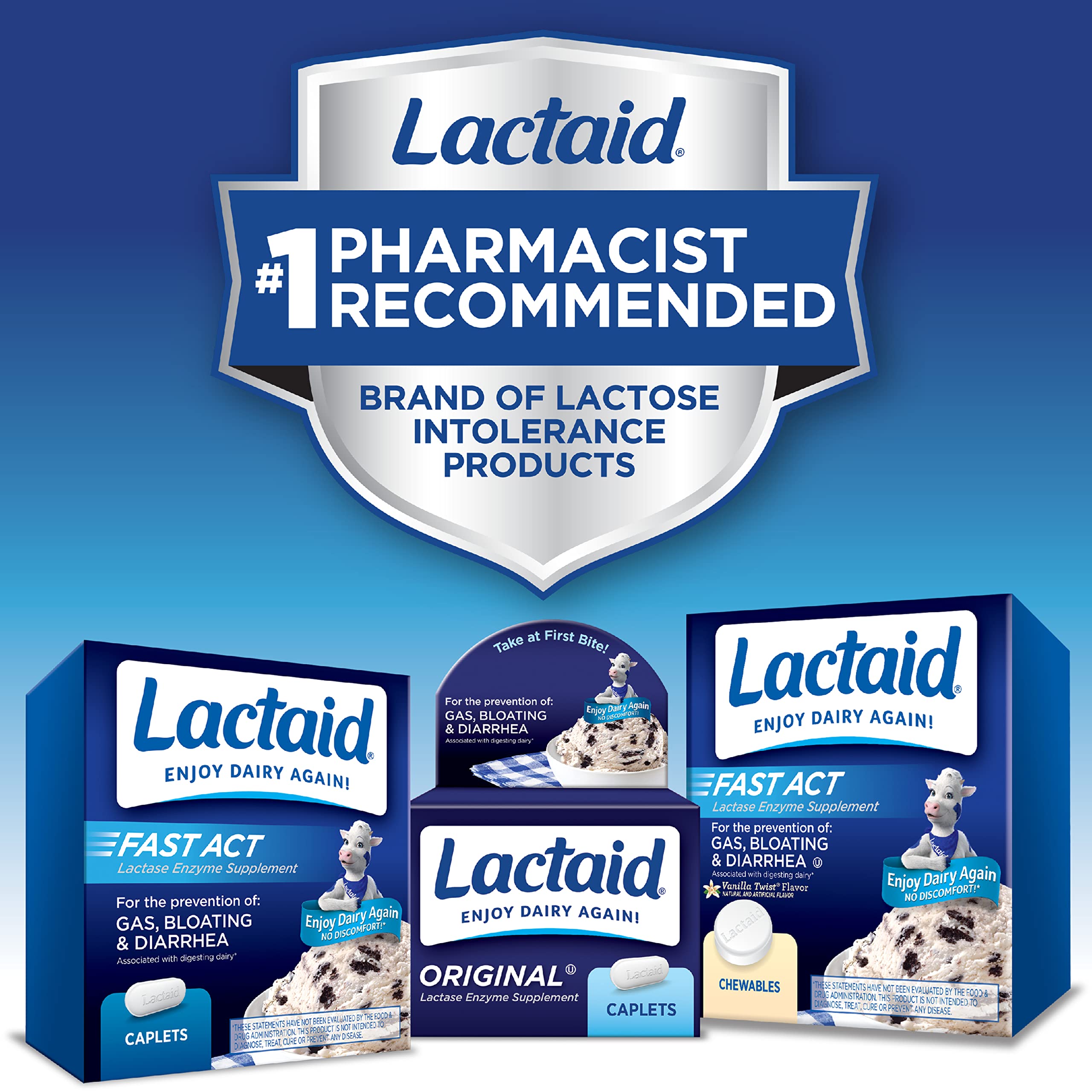
5 Common Signs and Symptoms of Lactose Intolerance
Recognizing the symptoms of lactose intolerance is crucial for proper diagnosis and management. Here are the five most common signs that may indicate lactose intolerance:
1. Stomach Pain and Bloating
Stomach pain and bloating are among the most frequent symptoms experienced by those with lactose intolerance. These discomforts occur when undigested lactose reaches the colon and is fermented by gut bacteria. This fermentation process produces gases and short-chain fatty acids, leading to abdominal discomfort and distention.
The pain is typically localized around the navel and in the lower abdomen. It’s important to note that the severity of symptoms can vary greatly between individuals and is not necessarily related to the amount of lactose consumed.
2. Diarrhea
Diarrhea is another common symptom of lactose intolerance. It occurs when the fermentation of undigested lactose in the colon increases the amount of water in the intestines, resulting in loose or watery stools. Officially, diarrhea is diagnosed when a person experiences three or more watery or loose stools within a 24-hour period.
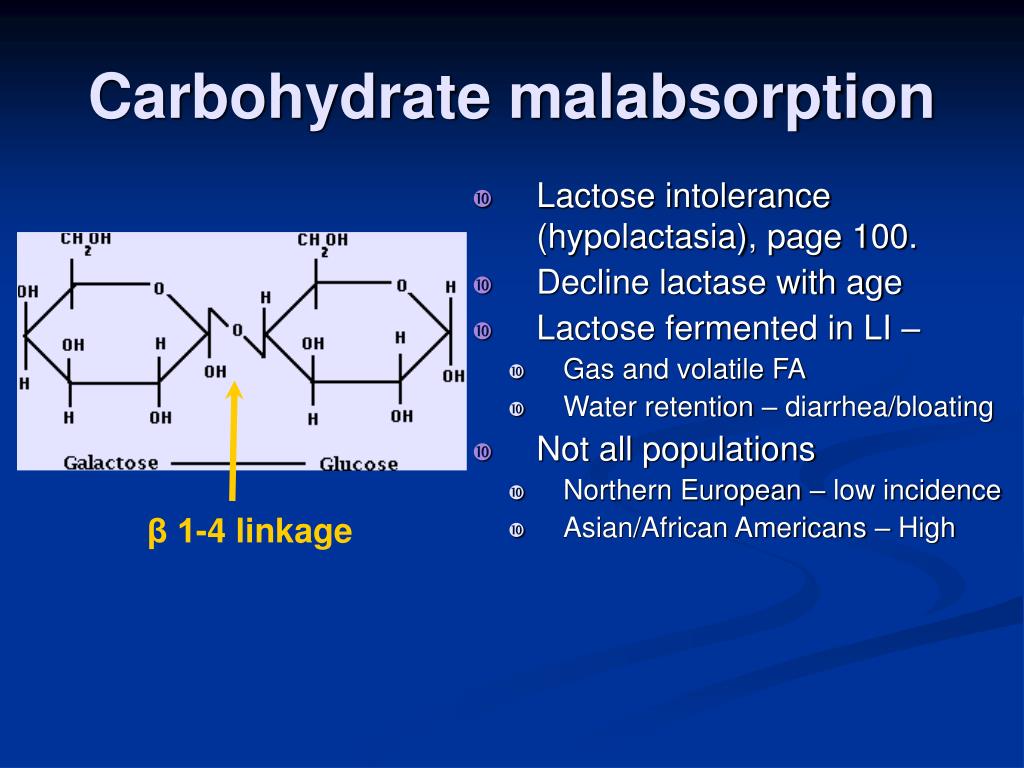
The severity of diarrhea can vary depending on the individual’s sensitivity to lactose and the amount consumed. Some people may experience symptoms after consuming as little as 3 grams of lactose, while others can tolerate up to 12 grams (the amount found in one cup of milk) without issues.
3. Increased Gas and Flatulence
The fermentation of lactose in the colon not only causes discomfort but also leads to increased gas production. This results in more frequent flatulence, which can be embarrassing and uncomfortable for those affected. The gases produced during this process include hydrogen, methane, and carbon dioxide.
Interestingly, the gases produced from lactose fermentation are odorless. The characteristic smell associated with flatulence actually comes from the breakdown of proteins in the gut, not carbohydrates like lactose.
4. Nausea and Vomiting
While less common than the previously mentioned symptoms, some individuals with lactose intolerance may experience nausea or vomiting after consuming dairy products. These symptoms are thought to be related to the overall digestive distress caused by lactose malabsorption.

The severity of nausea can range from mild discomfort to severe queasiness, and in some cases, may lead to vomiting. However, it’s important to note that persistent nausea and vomiting could also be signs of other digestive disorders and should be evaluated by a healthcare professional.
5. Borborygmi (Stomach Rumbling)
Borborygmi, the medical term for stomach rumbling or gurgling, is another potential sign of lactose intolerance. These sounds are caused by the movement of gas and fluid through the intestines, which can be exacerbated by the fermentation of undigested lactose in the colon.
While occasional stomach rumbling is normal, frequent or persistent borborygmi accompanied by other digestive symptoms may indicate lactose intolerance or other gastrointestinal issues.
Diagnosing Lactose Intolerance
Diagnosing lactose intolerance typically involves a combination of symptom assessment, dietary analysis, and diagnostic tests. Here are some common methods used to diagnose this condition:

- Hydrogen Breath Test: This non-invasive test measures the amount of hydrogen in a person’s breath after consuming a lactose-containing beverage. Elevated hydrogen levels indicate lactose malabsorption.
- Lactose Tolerance Test: This test involves measuring blood glucose levels before and after consuming a lactose-containing drink. A minimal rise in blood glucose suggests lactose intolerance.
- Stool Acidity Test: Primarily used for infants and young children, this test measures the acidity of stool samples. Increased acidity can indicate undigested lactose.
- Genetic Testing: While less common, genetic tests can identify mutations in the gene responsible for producing lactase.
It’s important to consult with a healthcare provider for an accurate diagnosis, as the symptoms of lactose intolerance can overlap with other digestive disorders.
Managing Lactose Intolerance: Dietary Strategies and Alternatives
While there is no cure for lactose intolerance, the condition can be effectively managed through dietary modifications and other strategies. Here are some approaches to consider:

Limiting Lactose Intake
The most straightforward approach to managing lactose intolerance is to reduce or eliminate lactose-containing foods from the diet. This typically involves avoiding or limiting consumption of milk, cheese, yogurt, and other dairy products. However, it’s important to note that many people with lactose intolerance can tolerate small amounts of lactose, especially when consumed with other foods.
Lactose-Free and Plant-Based Alternatives
Fortunately, there are numerous lactose-free and plant-based alternatives available for those with lactose intolerance. These include:
- Lactose-free milk and dairy products
- Plant-based milk alternatives (e.g., soy milk, almond milk, oat milk)
- Dairy-free cheese and yogurt alternatives
- Lactose-free ice cream and other desserts
When choosing alternatives, it’s important to consider their nutritional content, as some may not provide the same levels of calcium and other nutrients found in dairy products.
Enzyme Supplements
Lactase enzyme supplements are available over-the-counter and can be taken with dairy-containing foods to aid in lactose digestion. These supplements provide the lactase enzyme that the body is lacking, allowing for better tolerance of lactose-containing foods.
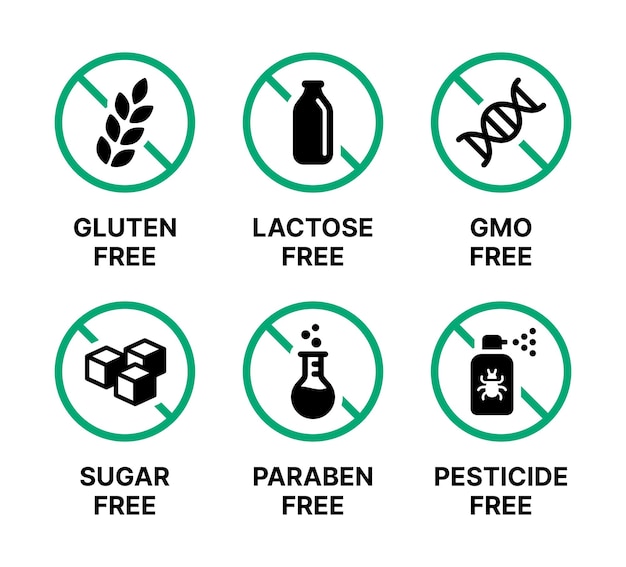
Gradual Introduction of Dairy
Some individuals may find that they can gradually increase their tolerance to lactose by slowly reintroducing small amounts of dairy into their diet. This approach should be done under the guidance of a healthcare provider or registered dietitian to ensure proper nutrition and symptom management.
Hidden Sources of Lactose: What to Watch Out For
While avoiding obvious dairy products is a good start for managing lactose intolerance, it’s important to be aware of hidden sources of lactose in many processed foods. Here are some unexpected places where lactose may be found:
- Baked goods and bread products
- Processed meats and deli meats
- Salad dressings and sauces
- Breakfast cereals and instant breakfast drinks
- Potato chips and other snack foods
- Margarine and non-dairy creamers
- Protein powders and meal replacement shakes
- Some medications and vitamin supplements
Always check ingredient labels for terms such as “milk solids,” “whey,” “casein,” or “lactose” to identify potential sources of lactose in packaged foods.

The Impact of Lactose Intolerance on Nutrition
While managing lactose intolerance through dietary restrictions is effective for symptom control, it’s crucial to ensure that nutritional needs are still met. Dairy products are significant sources of several essential nutrients, including:
- Calcium
- Vitamin D
- Vitamin B12
- Riboflavin (Vitamin B2)
- Phosphorus
- Protein
Individuals with lactose intolerance should work with a registered dietitian or healthcare provider to develop a balanced diet that meets their nutritional needs. This may involve incorporating lactose-free dairy products, fortified plant-based alternatives, or supplements to ensure adequate intake of these important nutrients.
Non-Dairy Sources of Calcium
For those who need to avoid dairy entirely, there are many non-dairy sources of calcium available:
- Leafy green vegetables (e.g., kale, collard greens, spinach)
- Fortified plant-based milk alternatives
- Calcium-set tofu
- Canned fish with soft bones (e.g., sardines, salmon)
- Nuts and seeds (especially almonds and sesame seeds)
- Beans and lentils
Incorporating a variety of these foods into the diet can help ensure adequate calcium intake for those with lactose intolerance.
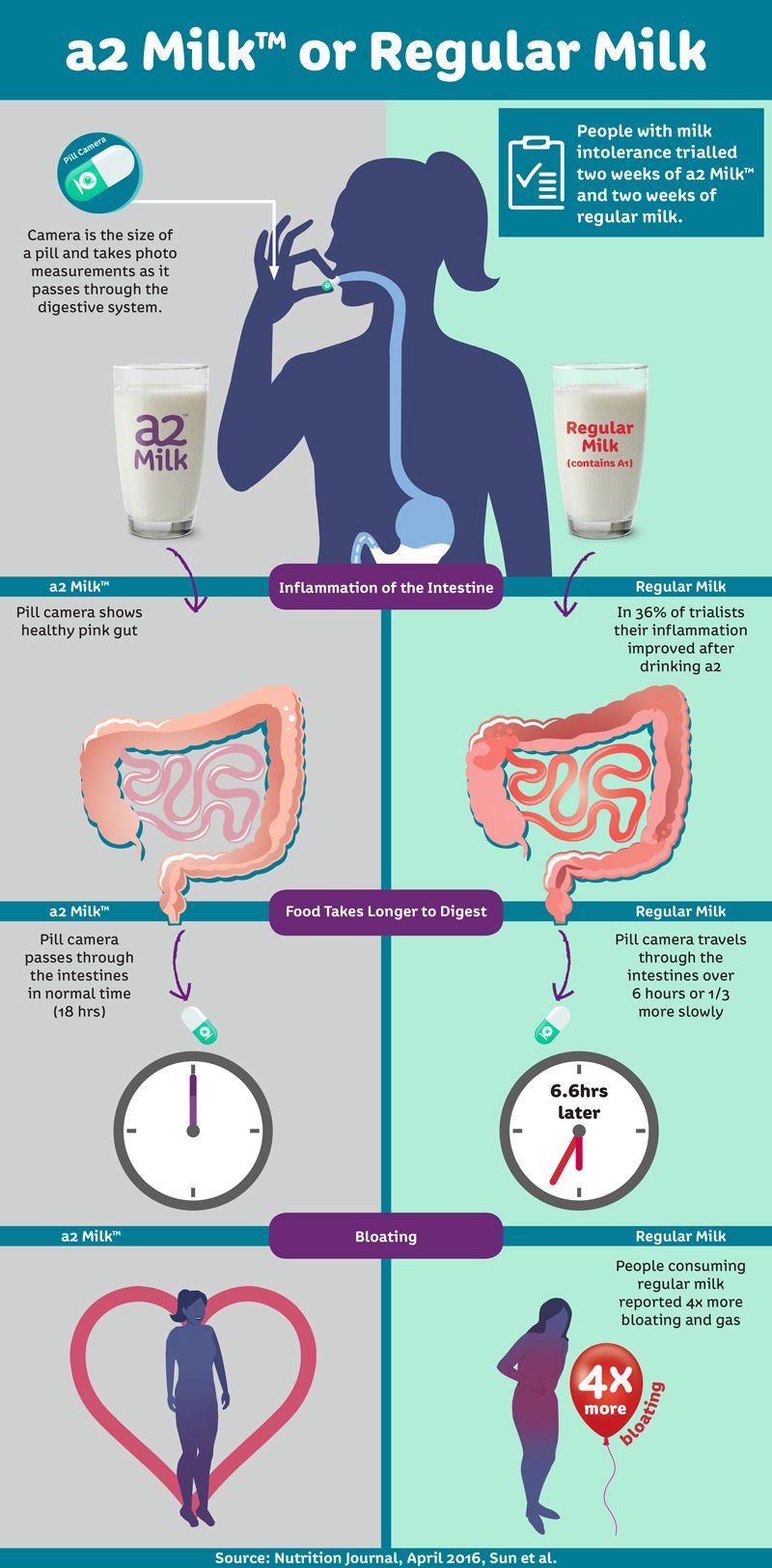
Lactose Intolerance in Special Populations
While lactose intolerance can affect people of all ages, there are some special considerations for certain populations:
Infants and Children
Lactose intolerance is rare in infants and young children, as they need to digest breast milk or formula. However, some children may develop temporary lactose intolerance following a gastrointestinal illness. In these cases, the condition is usually short-lived and resolves on its own.
For older children who develop lactose intolerance, it’s important to work with a pediatrician or pediatric dietitian to ensure proper growth and development while managing symptoms.
Pregnant and Breastfeeding Women
Pregnant and breastfeeding women with lactose intolerance need to be particularly mindful of their calcium and vitamin D intake. These nutrients are crucial for fetal development and maternal health. Working with a healthcare provider to develop a suitable dietary plan or supplementation regimen is essential.

Older Adults
As people age, they may become more susceptible to lactose intolerance due to a natural decline in lactase production. Additionally, older adults are at higher risk for osteoporosis, making adequate calcium and vitamin D intake even more critical. Balancing the management of lactose intolerance symptoms with nutritional needs is important for this population.
The Future of Lactose Intolerance Research and Treatment
As our understanding of lactose intolerance continues to evolve, researchers are exploring new avenues for diagnosis, management, and potential treatment of this condition. Some areas of ongoing research include:
Microbiome Modulation
Studies are investigating the role of the gut microbiome in lactose digestion and tolerance. Some research suggests that certain probiotic strains may help alleviate symptoms of lactose intolerance by enhancing lactose breakdown in the gut.
Genetic Therapies
As we gain a better understanding of the genetic factors underlying lactose intolerance, researchers are exploring the potential for gene therapies that could restore lactase production in affected individuals.

Improved Diagnostic Tools
Efforts are underway to develop more accurate and convenient diagnostic tools for lactose intolerance, including home testing kits and advanced breath analysis techniques.
Novel Enzyme Formulations
Research is ongoing to develop more effective lactase enzyme supplements, including formulations that are more resistant to stomach acid and can provide longer-lasting relief from symptoms.
While these areas of research show promise, it’s important to note that current management strategies, including dietary modifications and enzyme supplements, remain the primary approach for dealing with lactose intolerance.
5 Signs and Symptoms of Lactose Intolerance
If you are lactose intolerant, you typically experience digestive symptoms, including bloating, diarrhea, and other symptoms, after consuming lactose.
Lactose is a type of sugar found naturally in the milk of most mammals.
Lactose intolerance is a condition characterized by symptoms such as stomach pain, bloating, gas and diarrhea, which are caused by lactose malabsorption (1).
In humans, an enzyme known as lactase is responsible for breaking down lactose for digestion. This is particularly important in infants, who need lactase to digest breast milk.
However, as children grow older, they generally produce less and less lactase.
By adulthood, nearly 70% of people across the globe no longer produce enough lactase to properly digest the lactose in milk, leading to symptoms when they consume dairy. Lactose intolerance is less common among people of European and northwestern Indian descent (1, 2).
Some people may also develop lactose intolerance after surgery or due to gastrointestinal conditions such as viral or bacterial infections (3).
Here are the 5 most common signs and symptoms of lactose intolerance.
Stomach pain and bloating are common symptoms of lactose intolerance in both children and adults.
When the body is unable to break down lactose, it passes through the gut until it reaches the colon (4).
Carbohydrates such as lactose cannot be absorbed by the cells lining the colon, but they can be fermented and broken down by the naturally occurring bacteria that live there, known as the microflora (5).
This fermentation causes the release of short-chain fatty acids, as well as the gases hydrogen, methane and carbon dioxide (4).
The resulting increase in acids and gases can lead to stomach pain and cramps. The pain is usually located around the navel and in the lower half of the tummy.
The sensation of bloating is caused by an increase of water and gas in the colon, which causes the gut wall to stretch, also known as distention (5).
Interestingly, the amount of bloating and pain is not related to the amount of lactose ingested, but to the sensitivity of the individual to feelings of distention.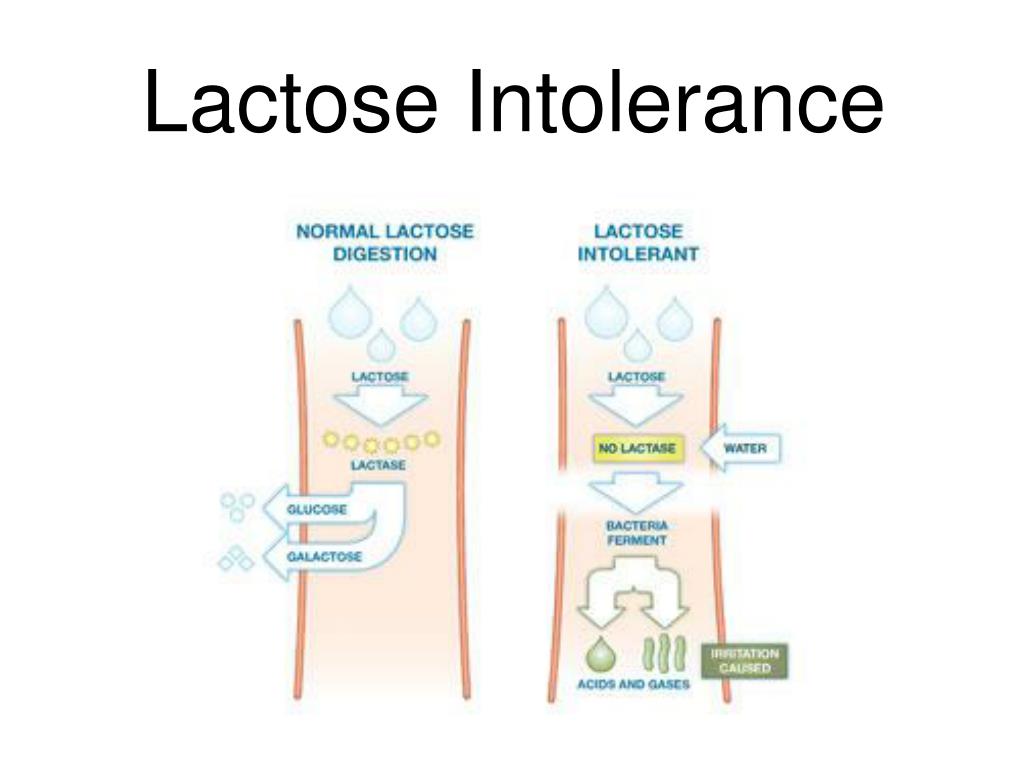 Therefore, the frequency and severity of symptoms can vary significantly between individuals (5, 6).
Therefore, the frequency and severity of symptoms can vary significantly between individuals (5, 6).
It’s important to note that stomach pain and bloating are common symptoms that could result from other causes, such as overeating, other kinds of malabsorption, infections, medications and other illnesses.
Summary
Stomach pain and bloating are common with lactose intolerance. They are caused when bacteria in the colon ferment lactose that the body has left undigested, resulting in excess gas and water. Pain is most often situated around the navel and lower tummy.
2. Diarrhea
Officially, diarrhea is diagnosed when someone has 3 or more watery or loose stools in a 24-hour period (7).
Lactose intolerance causes diarrhea by increasing the volume of water in the colon, which increases the volume and liquid content of the stool (4).
In the colon, microflora ferment lactose to short-chain fatty acids and gases. Most, but not all, of these acids are absorbed back into the colon. The leftover acids and lactose increase the amount of water that the body releases into the colon (4, 5).
Most, but not all, of these acids are absorbed back into the colon. The leftover acids and lactose increase the amount of water that the body releases into the colon (4, 5).
For some people with lactose intolerance, consuming as little as 3 grams of lactose can be enough to cause symptoms. However, many people can tolerate 12 grams of lactose, the amount found in 1 cup (240 ml) of milk (3, 5).
If you’re experiencing diarrhea, it doesn’t always mean you have lactose intolerance. There are many other causes of diarrhea including diet, other kinds of malabsorption, medications, infections and inflammatory bowel diseases (8).
Summary
Lactose intolerance can cause diarrhea, or frequent, watery stools. It occurs when undigested lactose ferments in the colon, producing short-chain fatty acids that increase the amount of water in the gut.
The fermentation of lactose in the colon increases the production of the gases hydrogen, methane and carbon dioxide (4, 9).
In fact, in people with lactose intolerance, the colon microflora become very good at fermenting lactose into acids and gases. This results in more lactose being fermented in the colon, which further increases flatulence (5).
The amount of gas produced can differ enormously from person to person due to differences in the efficiency of the microflora, as well as the rate of gas reabsorption by the colon (5).
Interestingly, gases produced from lactose fermentation have no odor. In fact, the odor of flatulence comes from the breakdown of proteins in the gut, not carbohydrates (5).
Summary
The fermentation of lactose in the colon can lead to increased flatulence, and the extent to which this occurs can vary significantly from person to person. The gas produced from the fermentation of lactose is odorless.
Lactose intolerance may result in nausea or even vomiting in some people, including in children. In one study, nausea was the second most common symptom associated with lactose intolerance in kids, after abdominal pain (1, 10).
When lactose ferments in the gut, the resulting gases and volatile fatty acids can leave you feeling sick to your stomach. Symptoms tend to appear about 30 minutes to 2 hours after consuming dairy (11).
However, nausea and vomiting can have many different causes. These include gastroenteritis (stomach flu), medications, motion sickness, pregnancy, and health conditions affecting your gut, nervous system, or hormones (12).
Summary
Nausea and vomiting can be symptoms of lactose intolerance in adults and children. Like other symptoms, they tend to develop about 30 minutes or up to 2 hours after consuming dairy.
While there’s less scientific support for these symptoms, some case studies have reported other symptoms, including (13, 14, 15, 16):
- constipation
- headaches
- fatigue
- loss of concentration
- muscle and joint pain
- mouth ulcers
- problems urinating
- eczema
However, these symptoms have not been established as true symptoms of lactose intolerance and may have other causes (9, 17).
Additionally, some people with a milk allergy may mistakenly attribute their symptoms to lactose intolerance.
Cow’s milk allergy is common in infants, affecting as many as 2% to 3% of young babies. In about 90% of cases, this allergy resolves by the time a child is 6 years old (18).
While cow’s milk allergy is more common in young children than in adults, the opposite is true for lactose intolerance. Lactose intolerance is considered rare in children under 5 years old (1).
A milk allergy and lactose intolerance aren’t related, although they can share symptoms such as abdominal pain, diarrhea, and vomiting (18, 19).
Other symptoms of a milk allergy can include (18):
- hives
- itching
- wheezing
- shortness of breath
- blood in stools
- colic
- swelling in or around the mouth or throat
- anaphylaxis, which is a medical emergency
Unlike lactose intolerance, a milk allergy can be life threatening, so it is important to get an accurate diagnosis of symptoms, particularly in children.
Summary
Other reported symptoms include headaches, fatigue, eczema, and muscle and joint pain, but these have not been confirmed as true symptoms. It is important not to confuse lactose intolerance with a milk allergy, which can be fatal.
Because the symptoms of lactose intolerance are rather general, it is important to get an accurate diagnosis before limiting dairy in your diet (20).
In fact, many people who think they have lactose intolerance because they’ve experienced the symptoms have been shown to absorb lactose normally.
To diagnose lactose intolerance, your doctor will ask you about your symptoms and medical history. Also, they will typically perform a physical exam and request diagnostic testing (1).
Doctors often use the hydrogen breath test to help diagnose lactose intolerance. This test involves ingesting a standard dose of lactose and testing for elevated levels of hydrogen in the breath, which are caused by bacteria fermenting lactose in the colon (4, 20).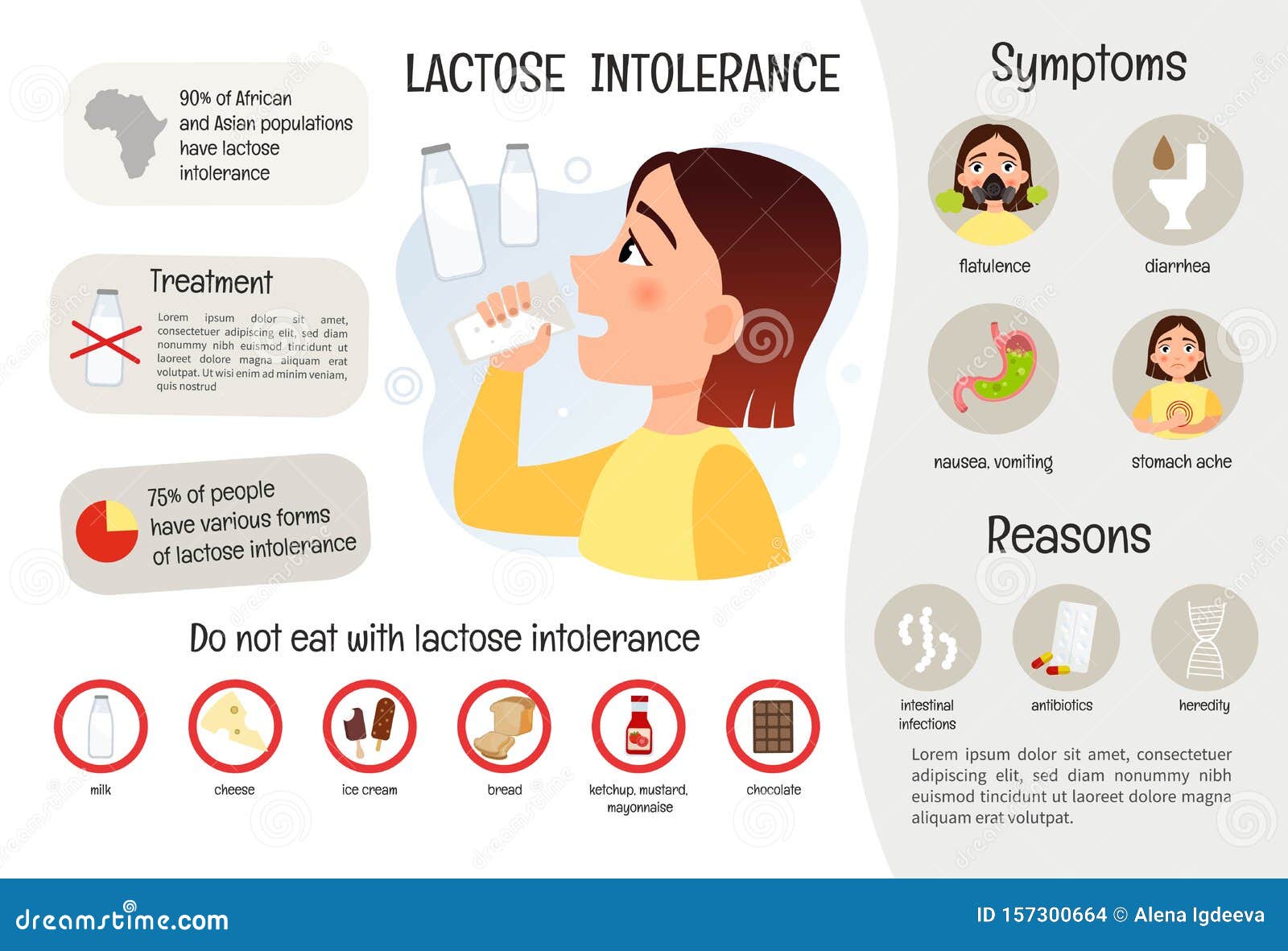
Because the hydrogen breath test is sensitive to other factors in addition to lactose, it’s possible to have a false positive result or a false negative result. This means the test can show a positive result when you do not have lactose intolerance, or a negative result when you do (21).
Some estimates suggest that false negatives happen in up to 20% of cases. Even so, the hydrogen breath test is still considered a useful tool for diagnosing lactose intolerance. To help ensure an accurate result, it’s important to follow your doctor’s instructions carefully when preparing for the test (4, 21).
Your doctor will consider your medical history and symptoms when interpreting the results of the test, and may request other tests if needed to confirm your diagnosis or rule out other conditions (1).
Lactose intolerance is defined by the presence of reported symptoms, and that depends on how sensitive a person is to the effects of malabsorption, as well as the amount of lactose in their diet (5).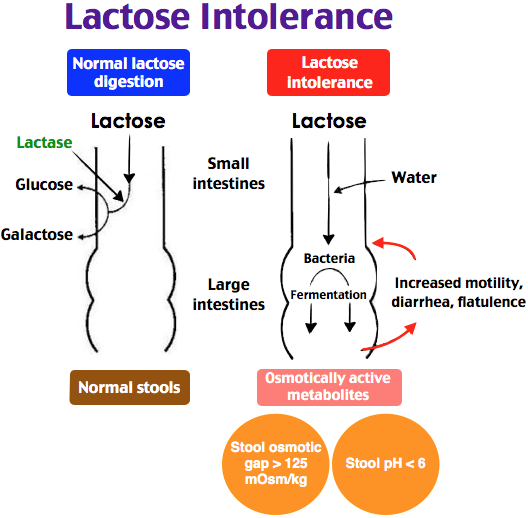
Treatment of lactose intolerance usually involves restriction or avoidance of high-lactose foods such as milk, soft and processed cheeses, cream, and ice cream (1).
However, people with lactose intolerance can often tolerate up to 1 cup (240 ml) of milk, especially when it’s spread throughout the day. This is equivalent to 0.4–0.5 ounces (12–15 grams) of lactose (4, 22).
Additionally, people often tolerate fermented milk products such as yogurt and certain cheeses better, so these foods may help people meet their calcium needs without causing symptoms (4, 5).
Summary
If you have symptoms of lactose intolerance, your doctor may determine your diagnosis by having you perform a hydrogen breath test. Treatment usually involves avoiding high-lactose foods like milk, though you may still tolerate small amounts.
Lactose intolerance is very common, affecting up to 70% of people worldwide.
The most common symptoms include stomach pain, bloating, diarrhea, gas, nausea and vomiting.
There have been reports of other symptoms, such as headaches, fatigue and eczema, but these are rarer and not well established. Sometimes people mistakenly attribute symptoms of a milk allergy, such as itching and rashes, to lactose intolerance.
If you have symptoms of lactose intolerance, a hydrogen breath test may help determine whether you have lactose malabsorption or your symptoms are caused by something else.
Treatment involves reducing or removing sources of lactose from your diet, including milk, cream and ice cream. However, many people with lactose intolerance can drink up to 1 cup (240 ml) of milk without experiencing symptoms.
The severity of symptoms differs from person to person, so it’s important to find out what amount of dairy works for you.
Symptoms, Causes, Tests, and More
If you’ve ever felt a foreboding rumbling in your stomach shortly after eating, you may have wondered whether you’re lactose intolerant.
Lactose is a type of sugar found in milk products.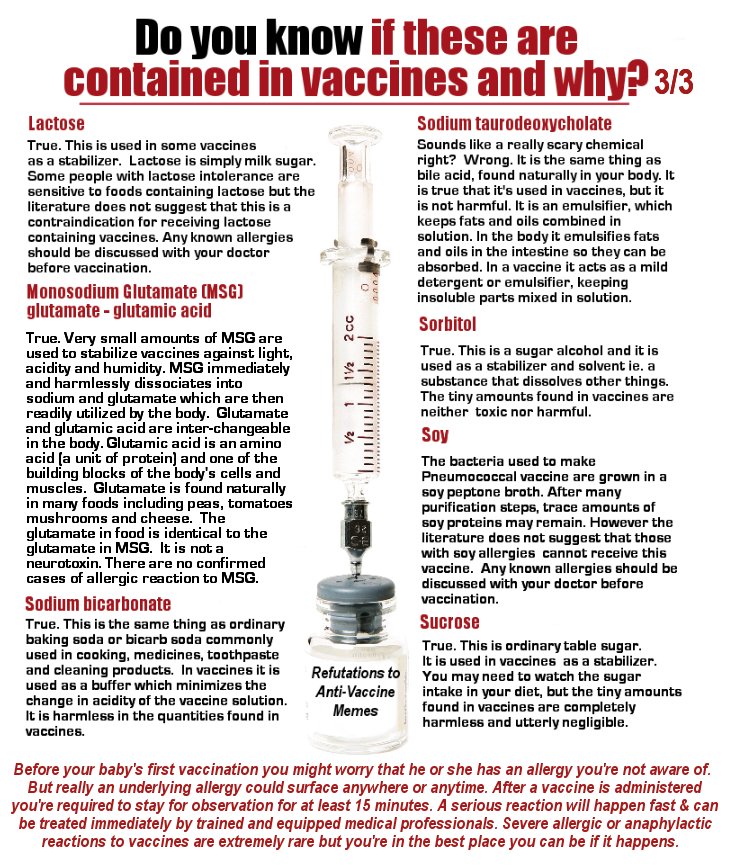 Some people are unable to digest it properly, leading to unpleasant digestive symptoms after dairy intake.
Some people are unable to digest it properly, leading to unpleasant digestive symptoms after dairy intake.
This article reviews what lactose intolerance is, along with how it’s diagnosed and treated.
Lactose intolerance is a digestive disorder caused by the inability to digest lactose, the main carbohydrate in dairy products. It’s very common, affecting around two-thirds of the world’s adult population at minimum (1).
This condition occurs if your body doesn’t make enough of the enzyme lactase, which you need to digest lactose (1).
People with lactose intolerance experience digestive problems when they consume dairy, which can negatively affect their quality of life.
These symptoms include bloating, diarrhea, and abdominal cramps.
Can you develop lactose intolerance over time?
Lactose is found in breast milk, and almost everyone is born with the ability to digest it. However, you can develop lactose intolerance at any age, even well into adulthood (1).
Several types of lactose intolerance exist, and they may be caused by different factors. However, all lactose intolerance is characterized by a deficiency in the enzyme lactase.
Summary
Lactose intolerance is the inability to digest lactose, the main carb in dairy. It’s caused by reduced production of the enzyme lactase in your gut.
If not managed properly, lactose intolerance may cause severe digestive problems. These symptoms may appear as quickly as 30–60 minutes after eating.
The most common symptoms are (1):
- bloating
- abdominal cramps
- gas
- diarrhea
- nausea
Some people also experience an urgent need to go to the toilet, vomiting, lower belly pain, and constipation.
Diarrhea occurs due to undigested lactose in your small intestine, which causes water to move into your digestive tract (2).
Once it reaches your colon, the lactose is fermented by the bacteria in your gut, forming short-chain fatty acids (SCFAs) and gas.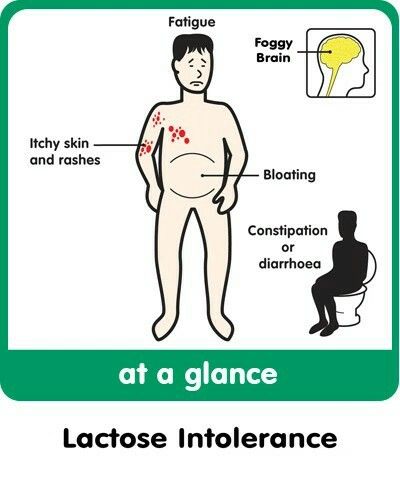 This causes bloating, gas, and pain (2).
This causes bloating, gas, and pain (2).
The severity of symptoms varies based on how much lactose you can tolerate and how much you’ve eaten.
Fortunately, these symptoms last only briefly. You’re also typically not affected unless you consume large amounts of lactose or have another condition that’s worsened by the digestive irritation caused by lactose intolerance.
summary
Lactose intolerance may cause digestive problems, including bloating, gas, abdominal cramps, and diarrhea.
Lactose is made up of the simple sugars glucose and galactose.
You need the enzyme lactase to break lactose down into glucose and galactose, which your body then absorbs into your bloodstream for energy.
Without sufficient lactase, lactose moves through your gut undigested and causes digestive symptoms. Still, there are multiple causes of lactase deficiency (1).
Here are the different types of lactose intolerance.
Primary lactose intolerance
Primary lactose intolerance — the most common type — is caused by a decrease in lactase production with age. As such, you lose the ability to absorb lactose over time (1, 3).
As such, you lose the ability to absorb lactose over time (1, 3).
This form of lactose intolerance may be partially genetic since it’s more common in some populations than others.
Studies estimate that this condition affects under 10% of Northern European people, around 50% of Latin and Middle Eastern people, and 80–99% of African and Asian people (1).
Secondary lactose intolerance
Secondary lactose intolerance develops as a result of another condition that affects the small intestine, where lactase is produced. This is because inflammation in the wall of your gut may lead to a temporary decline in lactase production (1, 4).
Possible causes of secondary lactose intolerance include Crohn’s disease, celiac disease, chemotherapy, ulcerative colitis, and aging (1).
Congenital lactose intolerance
Congenital lactose intolerance is present in newborns. It’s a rare, inherited type of this condition, and both parents must possess the particular gene mutation for congenital lactose intolerance for the infant to be born with it (1, 5).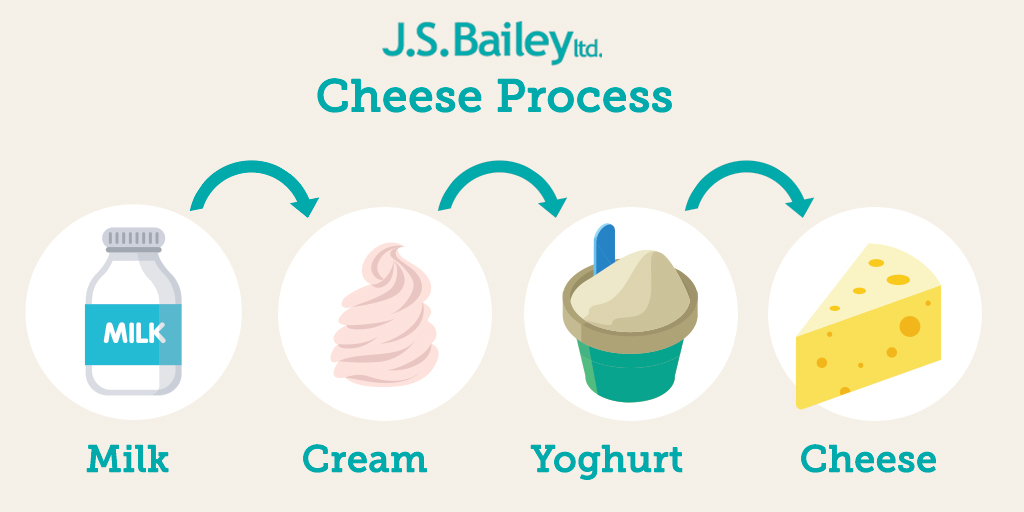
These infants are unable to nurse due to the lactose content of breast milk, and this condition may even be fatal if not caught quickly. Side effects may include severe diarrhea and high calcium levels (1, 2).
This condition is also lifelong (1, 2).
Developmental lactose intolerance
Developmental lactose intolerance occurs in infants, too. It’s typically only seen in premature babies, who are born before their digestive system is fully developed, and it causes symptoms like digestive distress (2, 5).
This condition typically resolves on its own as the baby grows, but in the meantime, your infant may need lactose-free formula rather than breast milk (5).
Risk factors
Some people may have an increased risk of lactose intolerance. Risk factors to look out for include having the following (1):
- Asian or African heritage
- a medical history of digestive problems or disease
- relatives who are lactose intolerant
summary
Lactose intolerance is typically categorized as primary, which is caused by declining lactase levels as you age, or secondary, which is caused by another condition that affects your small intestine.
In rare instances, this condition can also affect babies.
Here are the ways that your doctor can test you for lactose intolerance (1):
- Hydrogen breath test. This test measures hydrogen in your breath after lactose intake. High amounts of hydrogen suggest digestive problems that may be related to lactose intolerance but also caused by other issues.
- Lactose tolerance test. This test measures your blood sugar after lactose ingestion. If you have lactose intolerance, your blood sugar levels won’t be affected because your body can’t break down lactose.
- Genetic test. This test checks for genetic causes of lactose intolerance, but people with secondary lactose intolerance may receive a false negative.
- Lactase activity at jejunal brush border. This invasive and expensive method requires a biopsy of the jejunal brush border, which is part of your small intestine, but is a definitive way to assess lactase activity.

- Stool acidity test. Often used for babies and infants, this test measures stool acid levels, which have a lower pH in cases of lactose intolerance (6).
You can also do an elimination test by yourself if you think you have lactose intolerance. To do it, eliminate lactose from your diet for at least 2 weeks, then reintroduce dairy to see whether you experience any digestive symptoms.
While an elimination test may help you understand whether you have trouble digesting lactose, seeking an official diagnosis from a healthcare professional may help you avoid unnecessarily eliminating dairy from your diet if your symptoms are caused by another condition.
summary
Your doctor may choose among several tests to check for lactose intolerance. Otherwise, you can try an elimination test yourself.
Dairy products, which include milk and all products made from milk, are highly nutritious.
In fact, dairy intake is linked to higher bone mineral density, which may help reduce your risk of bone fractures as you age (7, 8).
However, people with lactose intolerance may need to reduce or eliminate their dairy intake, potentially depriving them of key nutrients like calcium.
Dairy foods are excellent sources of calcium, but eating dairy isn’t critical for your health. You can follow a very healthy diet without dairy — as long as you eat other foods that are high in calcium.
Some good nondairy sources of calcium include:
- Calcium-fortified foods. Calcium-fortified foods include juices, breads, and nondairy milks like almond, soy, and oat milk. Just 1 cup (240 mL) of calcium-fortified orange juice provides 27% of the Daily Value (DV) for this mineral (9).
- Boned fish. Canned fish with bones, such as sardines, salmon, or whitebait, are high in calcium. A mere 3 ounces (85 grams) of canned salmon with bones provides 14% of the DV (9).
- High calcium plant foods. Many plant foods, such as kale and broccoli, contain reasonable amounts of calcium.
 Just 1/2 cup (113 grams) of boiled spinach provides 9% of the DV for calcium (9).
Just 1/2 cup (113 grams) of boiled spinach provides 9% of the DV for calcium (9).
For calcium-fortified juices and nondairy milks, be sure to shake the carton before use, as the calcium can settle on the bottom.
Furthermore, keep in mind that calcium from plant foods is often poorly absorbed due to the presence of antinutrients like phytate and oxalate (9).
summary
There are many ways to get enough calcium without consuming dairy. Calcium-fortified foods, canned fish with bones, and dark leafy greens all provide calcium.
Lactose is found in almost all dairy products, as well as foods that contain dairy.
Dairy foods
The following dairy products contain lactose (10):
- cow’s milk (all types)
- goat’s milk
- cheese (including hard and soft cheeses)
- ice cream
- yogurt
- cream
- half-and-half
- butter
Some of the foods above contain more lactose than others. For example, the lactose content of cheese varies significantly depending on the type. Soft cheeses like brie tend to be high in lactose, while hard cheeses like Parmesan contain only small quantities (11).
For example, the lactose content of cheese varies significantly depending on the type. Soft cheeses like brie tend to be high in lactose, while hard cheeses like Parmesan contain only small quantities (11).
Foods that sometimes contain lactose
Foods that include some form of dairy as an ingredient may also contain lactose, including:
- dishes made with a creamy sauce, such as pasta alfredo
- biscuits and cookies
- chocolate and packaged treats like boiled sweets and candies
- breads and baked goods
- cakes
- breakfast cereals
- instant soups and sauces
- processed meats, such as presliced ham and sausages
- ready-made meals
- pasta sauces and gravies
- potato chips, nuts, and flavored tortillas
- desserts and custards
As such, it’s best to carefully check the ingredient list of any packaged food if you have lactose intolerance.
Other names for added dairy
You can check whether a product contains dairy by reading the ingredient list. Added milk or dairy products may be labeled as:
Added milk or dairy products may be labeled as:
- milk
- milk solids
- milk powder
- whey
- whey protein
- milk casein
- curds
- milk sugar
- buttermilk
- cheese
- malted milk
- dry milk solids
- sour cream
- whey protein concentrate
- milk byproducts
Lactose-free alternatives
Lactose-free alternatives exist for most foods that contain lactose.
Some dairy products can be made lactose-free by removing the lactose, which is usually broken down during manufacturing into glucose and galactose (11, 12).
On their own, these simple sugars are naturally sweeter than lactose, giving lactose-free milks a slightly sweeter taste than conventional versions (12).
Most lactose-free dairy products are prominently labeled “lactose-free.” Lactaid is just one well-regarded brand.
Plant-based dairy products — such as almond milk, coconut yogurt, soy ice cream, and cashew cheese — are also naturally lactose-free.
summary
All conventional dairy products contain some amount of lactose. If you’re lactose intolerant, it’s also important to check the label of manufactured foods.
If you don’t want to give up dairy, a few natural treatments may alleviate lactose intolerance.
Enzyme supplements
Enzyme supplements may help your body digest lactose.
However, the effectiveness of these products may vary widely, from no discernible effect to reduced lactose intolerance symptoms with more favorable hydrogen breath test results (2, 10).
Others may experience reduced symptoms with no change in their hydrogen breath test results, suggesting a placebo effect (2, 10).
As such, it may be best to consult a doctor before trying these supplements.
Lactose exposure
If you are lactose intolerant, regularly consuming lactose may help your body adapt to it (13).
So far, studies on this strategy are limited, but initial results show positive signs.
Through regular lactose exposure, your gut microbiota may be able to produce enough lactase on its own to ease lactose intolerance symptoms — despite your body itself having a lactase deficiency (14).
Consistency is key with this method, and high fat milk like whole milk may be the best choice because your body digests it more slowly, potentially giving your gut bacteria more time to digest the lactose (2, 14).
Still, further research is necessary.
Probiotics and prebiotics
Probiotics are microorganisms that provide health benefits, while prebiotics are types of fiber that function as food for these microorganisms, feeding the beneficial bacteria in your gut.
Both probiotics and prebiotics have been shown to reduce symptoms of lactose intolerance, although most studies are small (2, 15).
Some types of probiotics and prebiotics may be more effective than others. The most beneficial probiotics are thought to be Bifidobacteria and Lactobacillus strains, which are often found in probiotic yogurts and supplements (2).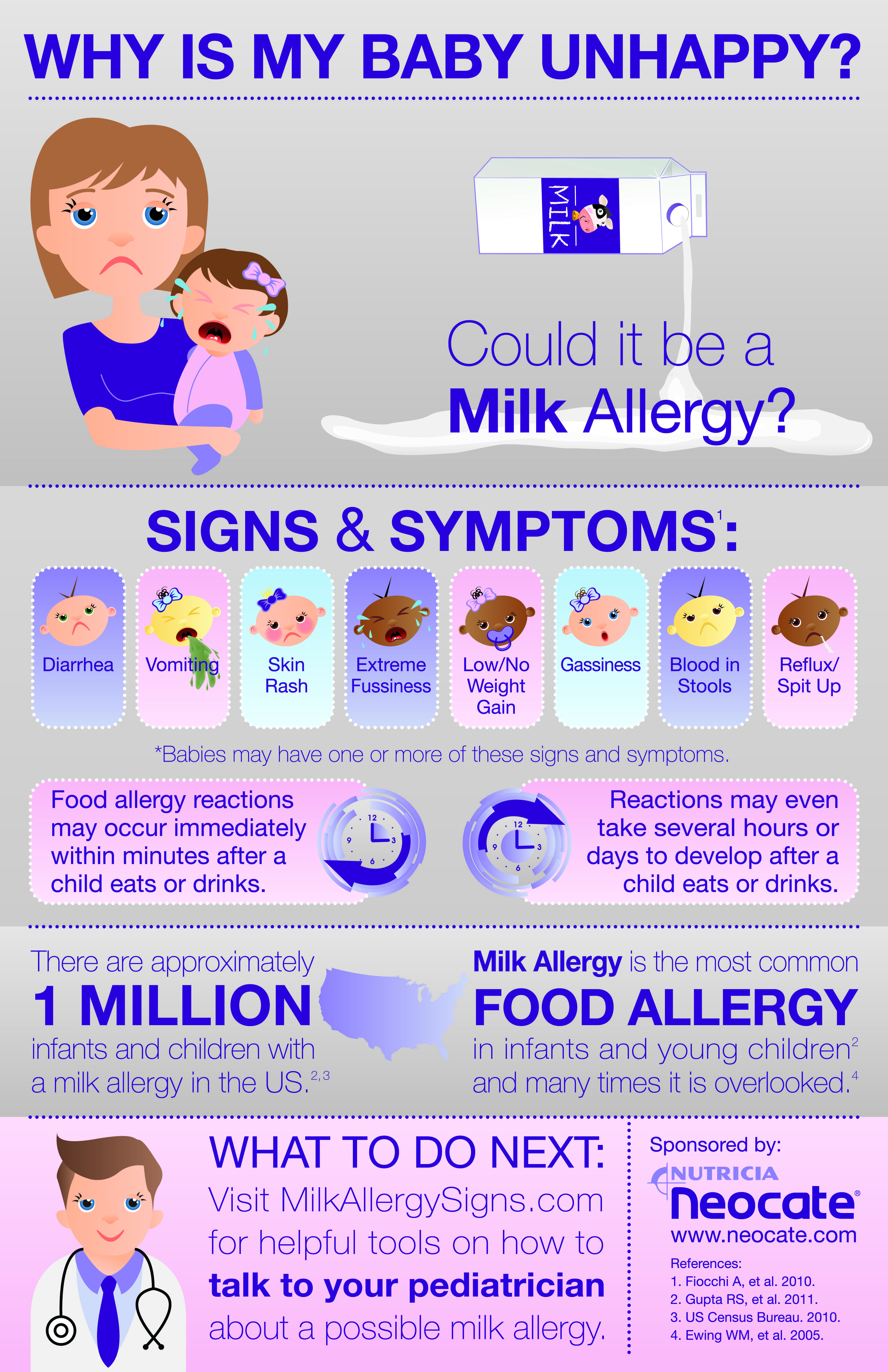
summary
You can try several tactics to alleviate lactose intolerance, including enzyme supplements, lactose exposure, and probiotic supplements. Yet, more research is needed on each of these strategies.
All dairy foods contain lactose, but this doesn’t mean that they’re completely off-limits if you have lactose intolerance.
Most people with this condition can tolerate small amounts of lactose. For example, some people can stomach a splash of milk in tea but not the amount you would get from a bowl of cereal.
It’s thought that people with lactose intolerance can tolerate up to 18 grams of lactose throughout the day. In fact, research reveals that many people can tolerate up to 12 grams in one sitting, which is approximately the amount in 1 cup (240 mL) of milk (2, 16).
Some dairy products are also naturally low in lactose when eaten in their usual portions. For instance, butter only contains trace amounts of lactose (11).
Certain cheeses like Parmesan, cheddar, and Swiss likewise have less than 1 gram of lactose per 1-ounce (28-gram) serving. Generally, firm cheeses are lower in lactose than soft cheeses (11, 17, 18, 19).
Interestingly, yogurt tends to cause fewer symptoms than other types of dairy in people with lactose intolerance. This may be because the probiotics — or beneficial bacteria — in yogurt possess the lactase enzyme, helping your body break down lactose (20, 21).
summary
Most people with lactose intolerance can tolerate small amounts of lactose. Your body may digest dairy products like butter, yogurt, and hard cheeses more easily than milk.
Lactose intolerance is a set of symptoms caused by a deficiency in lactase — the enzyme that breaks down the milk sugar called lactose. If you have this condition, symptoms occur after you consume lactose, which is found in dairy products like milk, yogurt, and cheese.
These symptoms, which may arise shortly after eating, include abdominal pain and diarrhea.
Many people are lactose intolerant, and there are many ways to easily adjust your diet to avoid or limit lactose. These strategies include buying lactose-free foods.
If you’re concerned that you can’t tolerate dairy, rest assured that there are numerous foods and beverages you can have, along with a number of treatment options to help prevent or alleviate symptoms.
Just one thing
Try this today: Interested in lactose-free, plant-based drinks to replace milk in your diet? Here are the 9 best nondairy substitutes for milk.
Was this helpful?
Symptoms of lactose intolerance in adults and children – MyGenetics Blog
In addition to the DNA test, there are many more ways to test for lactose intolerance. What are these methods, how effective they are, what tests to pass for their passage and in what cases they can be prescribed, read further in this article.
Why are dairy products not digested?
The main active substance in all dairy products, due to which there are problems with their digestibility, is lactose. And the main enzyme of the body, which contributes to its absorption, is called consonantly – lactase. At an early age, if there is no congenital intolerance, all children equally normally absorb dairy products. But over the years, the production of the lactase enzyme may decrease or stop altogether.
And the main enzyme of the body, which contributes to its absorption, is called consonantly – lactase. At an early age, if there is no congenital intolerance, all children equally normally absorb dairy products. But over the years, the production of the lactase enzyme may decrease or stop altogether.
Signs of lactose intolerance
It is often possible to confuse poor absorption of milk with an allergy to it. Allergy symptoms are quite common: difficulty breathing, nasal discharge, tearfulness, rash. An allergy can arise from a very small amount of a product containing an allergen, and the use of all milk in this case is completely prohibited. With intolerance, there is no such complete ban.
Symptoms of poor absorption:
- Bloating, grumbling, colic.
- Belching and gas.
- Stool disorders, vomiting.
- In some cases, pain in the abdomen or intestines.
It takes about half an hour to two hours from the moment of eating for the symptoms to appear. The symptoms themselves and the degree of their manifestation depend on the ratio of the amount of dairy products consumed and the amount of lactase present in the body for its absorption, respectively.
The symptoms themselves and the degree of their manifestation depend on the ratio of the amount of dairy products consumed and the amount of lactase present in the body for its absorption, respectively.
Lactose intolerance test
Usually, the diagnosis of lactose intolerance is established by the doctor based on the symptoms voiced by the patient. But, in case of doubt, additional studies may be assigned.
How to identify lactose intolerance
Lactose Curve
A study aimed at collecting data and plotting a comparative graph of glucose (sugar) and lactose levels. The subject drinks on an empty stomach a glass of liquid containing lactose. And for some period, blood samples are taken from him. Samples are analyzed and a schedule is drawn up. If the lactase line does not exceed the glucose line, then conclusions are drawn about the insufficiency of the lactase enzyme.
Small intestine biopsy
One of the outdated methods for testing food digestibility. It consists in the fact that a small area of the small intestine is selected and its sample is taken, which is further examined. The technique is traumatic and is prescribed less and less, it is not prescribed to children at all.
It consists in the fact that a small area of the small intestine is selected and its sample is taken, which is further examined. The technique is traumatic and is prescribed less and less, it is not prescribed to children at all.
Fecal analysis for lactose deficiency
This analysis is mainly prescribed to infants as the safest research method. And it is on infants that the most accurate results are obtained. Before taking the test, it is recommended not to change the daily diet of the baby, but to transfer the sample to the laboratory no later than 4 hours from the moment it was taken.
The sample is examined for the presence of a percentage of carbohydrates. If the carbohydrate content is from 0.25% to 0.5%, then this is within the normal range. For a baby, the norm can reach up to 1%.
Hydrogen breath test
It is believed that of all tests, a study for the presence of hydrogen is the most accurate. The testing method consists in the fact that the subjects drink a specially prepared liquid containing lactose, and after a while breathe into a special device. If the device detects hydrogen exhaled by a person, then this 100% confirms problems with absorption. Attention! The analysis is carried out on an empty stomach.
If the device detects hydrogen exhaled by a person, then this 100% confirms problems with absorption. Attention! The analysis is carried out on an empty stomach.
Coprogram
Another method for determining problems with the assimilation of dairy products in children. As with the analysis of stool in infants, before taking a sample, it is necessary to follow the usual diet. The sample must be submitted to the laboratory no later than 12 hours after its receipt.
The biomaterial is analyzed for acidity content. It is believed that if the level of acidity is exceeded, this is a consequence of the fermentation of undigested lactose.
Urine lactose test
The test is not very accurate, but in order to dispel your doubts, it is quite suitable. It is carried out at home and is similar to a pregnancy test. The litmus test paper is wetted in urine and acquires a certain color. The color value must be determined on a special scale.
Blood test for lactose intolerance
If we are talking about the study of blood and urine, then this is an analysis for the content of galactose, a by-product of the breakdown of lactose.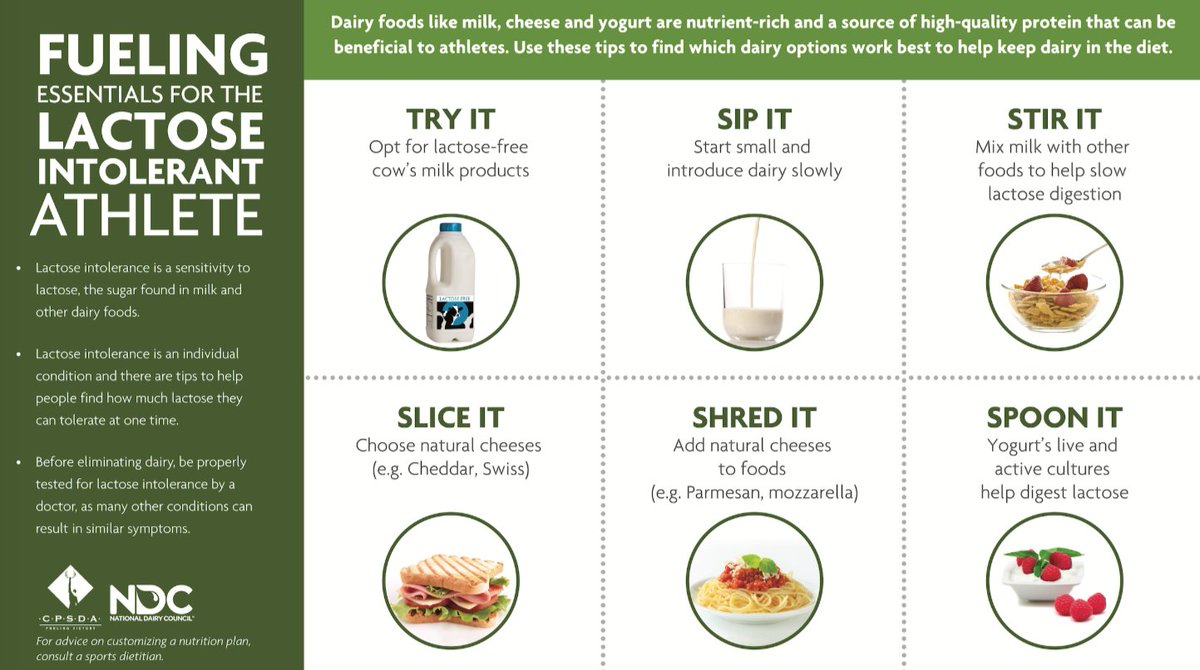 At the beginning, a control blood sample is taken from the patient to determine the normal level of galactose, after which they are allowed to take a special mixture and, after a certain time, samples are taken for analysis again.
At the beginning, a control blood sample is taken from the patient to determine the normal level of galactose, after which they are allowed to take a special mixture and, after a certain time, samples are taken for analysis again.
In what cases an examination is prescribed
Lactose intolerance testing may be ordered if:
- For young children with bowel problems.
- If there are clear symptoms of intolerance.
- To determine the risk of developing osteoporosis.
- In a comprehensive study of the gastrointestinal tract in adults.
Genetic marker
A genetic marker is a gene whose position on the chromosome is precisely known. The main gene responsible for the absorption of lactose by the human body is called MCM6, and it is this gene that is examined during genetic testing. Although the gene itself is not directly involved in the production of lactose, it affects the LAK gene, which is directly involved.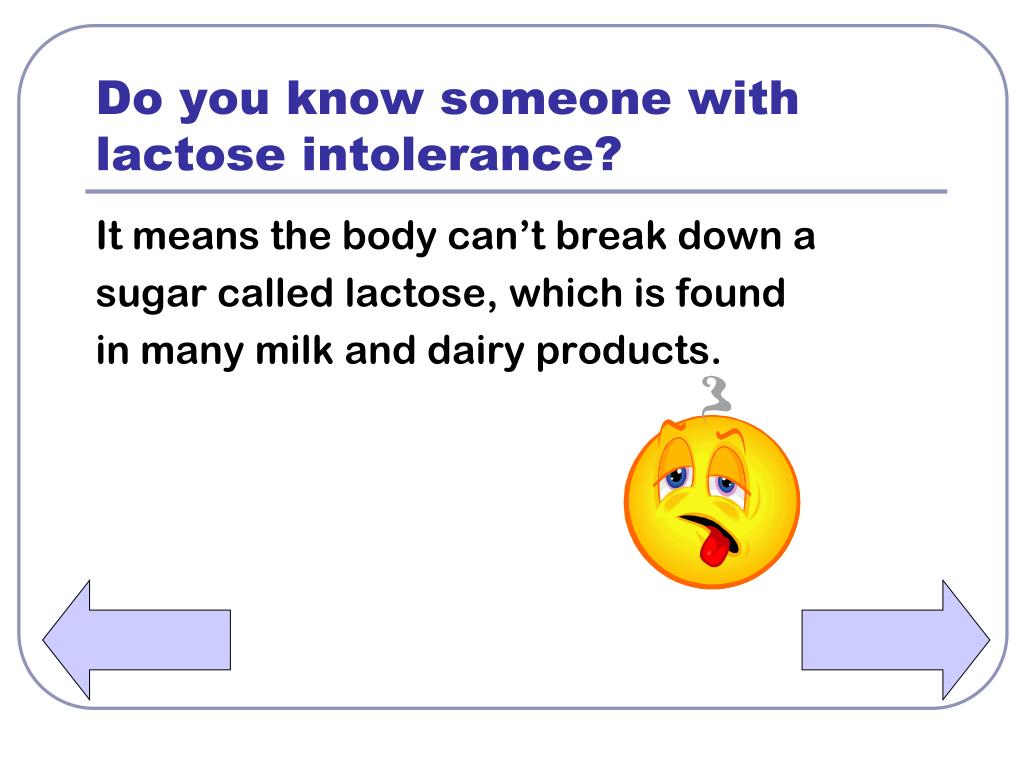
Genetic lactose intolerance
Modern medicine makes it possible to cure all the causes of poor digestion of fermented milk products, except for genetically determined disorders. It remains only to choose where to take a DNA test, which analysis gives the best results and follow the instructions of the doctors exactly.
It is worth noting that in most people (about 80% of humanity), over the years, the loss of the ability to absorb lactose well is genetically determined, and the remaining 20% are a kind of “genetic lucky ones”. However, eliminating all milk from the diet requires replenishing the beneficial substances that it contains through the use of multivitamins.
But there is a downside to multivitamin use: some vitamins and minerals can accumulate, and the wrong dosage can lead to an overabundance and undesirable consequences. You can learn more about exactly how your body is able to absorb vitamins in the MyDetox test.
You can learn more about exactly how your body is able to absorb vitamins in the MyDetox test.
DNA testing is excellent for accurately diagnosing a problem. Genome analysis will allow you to accurately determine how the body produces lactase: in full, in part, or not at all. You can conduct such a genetic study quickly and inexpensively in our clinic. In the MyGenetics line of tests, you can determine lactose intolerance using the MyWellness panel. And this is equally convenient to do, being in any region of Russia.
what is it, where is it contained and what is there in case of intolerance?
In our past articles, we’ve covered what lactose intolerance is, what symptoms it causes, whether it can be diagnosed with tests, and much more. Today we will learn how to live with this condition and what diet can be followed if you have been diagnosed with lactose intolerance.
If you have experienced intestinal discomfort after dairy products or have heard that milk is harmful for adults, this series of articles is for you. In three materials, we will talk about what lactose intolerance is, what types it is divided into, we will analyze the most common misconceptions, and also clarify how to live with it.
In three materials, we will talk about what lactose intolerance is, what types it is divided into, we will analyze the most common misconceptions, and also clarify how to live with it.
Contents
- Where is lactose found and how do you know what to eat?
- How to replace products with lactose?
- Why is it impossible to completely refuse dairy products?
Where is lactose found and how do you know what to eat?
If lactose intolerance is related to genes, then, alas, there is no cure for it. But most often, the symptoms can be managed with dietary changes. Moreover, in most cases, people with intolerance tolerate a small amount of lactose in food without problems.
This means cutting down on dairy products and lactose-rich drinks like milk and condensed milk is enough. But aged hard cheeses like Parmigiano Reggiano, Grana Padano or Gorgonzola in small quantities should not cause unpleasant consequences due to the extremely low lactose content.
How much lactose is in milk, cheese and other foods?
But to understand how sensitive your body is to milk sugar, you can only individually. For example, some people can safely tolerate milk in coffee, but after cereal with a lot of milk, they will already become sick. Some people can digest chocolate with milk in it, some can’t.
And some dairy products, such as yogurt, cheese and cottage cheese, can have different levels of lactose depending on the type and manufacturer. In this case, keeping a diary and conducting an experiment will help you decide what you can and cannot do.
Introduce one new food at a time and monitor your condition and symptoms.
In addition to milk and dairy products, there are other things that can sometimes contain lactose. They include ready-made sauces and mayonnaise, cookies, chocolate, cakes, some types of bread, ready-made pancake mixes, soups and other fast food. And also some semi-finished products, like ham and sausages. In addition, lactose can be hidden in medications.
In addition, lactose can be hidden in medications.
It is therefore important for people with severe lactose intolerance to keep an eye on the ingredients of their products so as not to miss such a hidden ingredient.
How to replace products with lactose?
Lactose substitutes are available in stores. For example, soy cheeses, oat yogurts, plant-based milk: almond, coconut, rice, nut or oat. And all other products labeled “Lactose Free” or “Suitable for Vegans.”
Plant-based milks are available in shops and cafes
There are also lactose-free or low-lactose versions of regular milk and cheeses. In cafes and restaurants, you can always check with the waiter for the composition of dishes, choose a lactose-free option, or ask them to remove ingredients that do not suit you. And coffee shops often offer to add plant-based milk instead of regular milk for an additional fee.
If you can’t stop eating lactose altogether, doctors sometimes recommend lactase enzyme supplements, which help the body process milk sugar in the small intestine.
Why not give up dairy products altogether?
If a person restricts or completely refuses milk and dairy products, this can lead to a lack of calcium and vitamin D, phosphorus, choline, vitamin B2 and vitamin B12. Vitamin D helps regulate the amount of calcium in the body. Calcium also strengthens the health of bones and teeth, regulates muscle contractions (including heartbeat) and blood clotting.
Calcium deficiency in childhood can lead to rickets, and in adulthood to osteoporosis and subsequent serious injury, such as hip fracture.
Choline and vitamin B12 support the functioning of the nervous system. Vitamin B2 and vitamin B12 provide the synthesis of red blood cells (erythrocytes), support the reproductive system. Vitamin B12 also plays a key role in lowering levels of an amino acid called homocysteine, high levels of which have been linked to chronic diseases such as cardiovascular disease and Alzheimer’s disease.
Therefore, it is worth discussing with your doctor how best to replenish the amount of these vitamins and minerals in the diet.

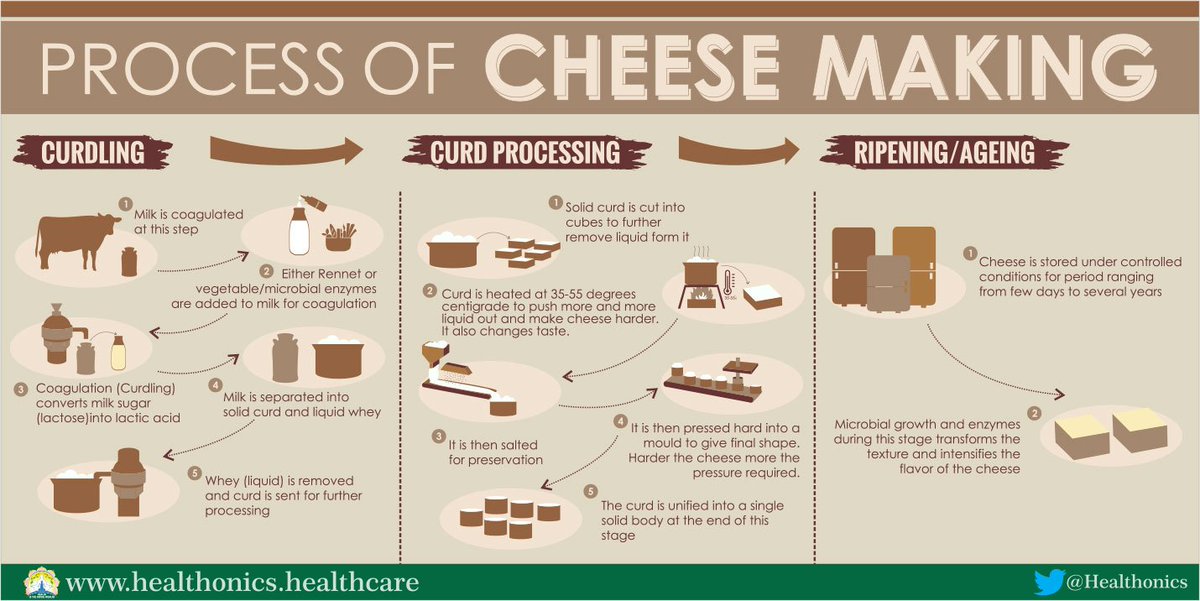 In rare instances, this condition can also affect babies.
In rare instances, this condition can also affect babies.
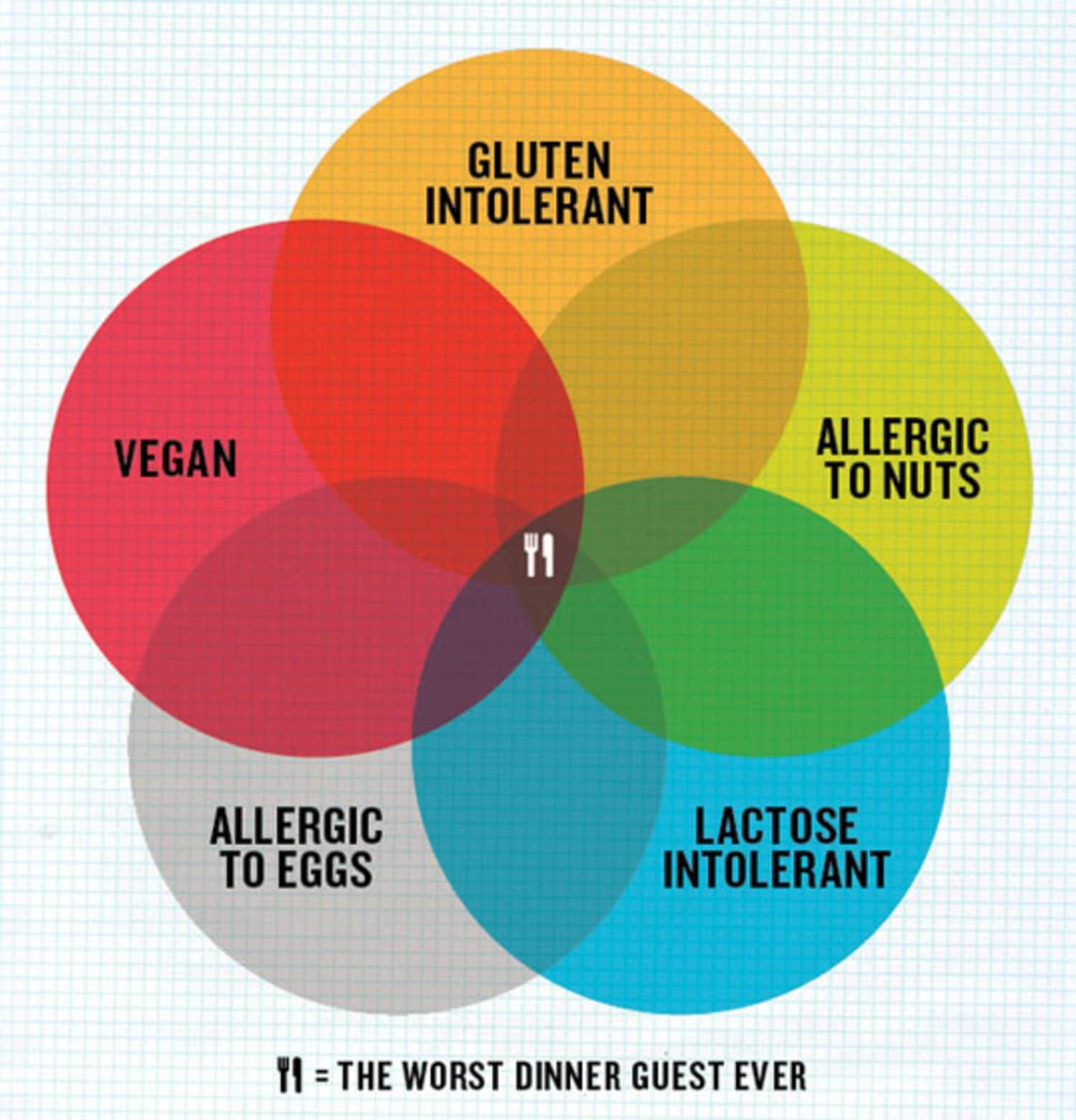 Just 1/2 cup (113 grams) of boiled spinach provides 9% of the DV for calcium (9).
Just 1/2 cup (113 grams) of boiled spinach provides 9% of the DV for calcium (9).